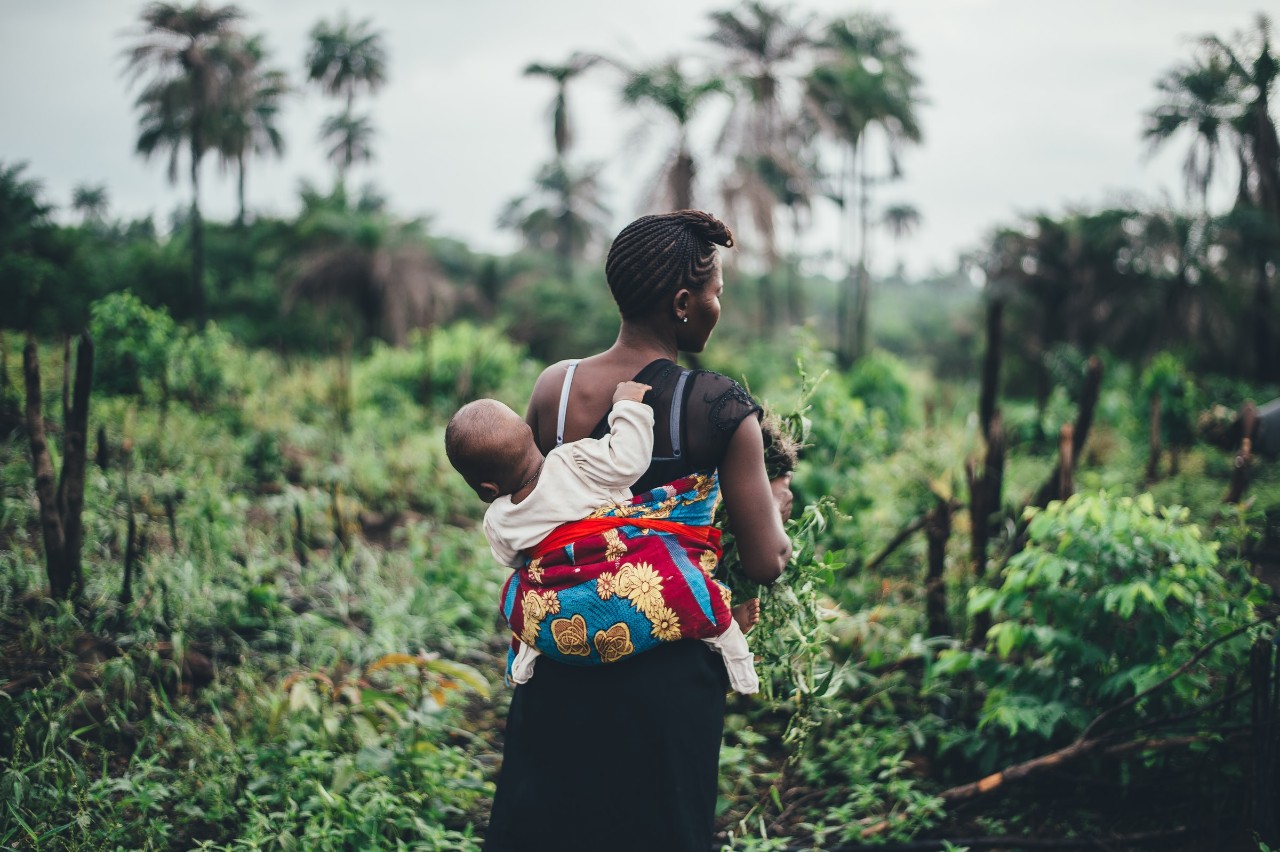
Gates Foundation helps UC study sexual health of South African youth
Study shows rural girls look outside modern medicine to prevent HIV/AIDS and pregnancy
An important new finding by University of Cincinnati researchers could help slow the transmission of HIV/AIDS and reduce pregnancies among adolescent girls in rural South Africa.
“Use a condom” has long been accepted globally as the primary message to prevent pregnancy and the spread of HIV/AIDS, but when it comes to the acceptability of adding an extra method (i.e. birth control pills, injectables and IUDs) to prevent pregnancy, female adolescents in rural South Africa remain unaware of these methods and instead place more emphasis on nonmedical interventions, according to research by the University of Cincinnati.

Lead author Jennifer Brown, a UC associate professor of psychology and psychiatry. Photo credit/Colleen Kelley.
“Our findings are that these young women placed less emphasis on paring a condom with the additional use of highly effective, modern contraceptive methods,” as a dual means of protection for both pregnancy and HIV/AIDS, and more emphasis on peer, parental and environmental factors, says lead author Jennifer Brown, a UC associate professor of psychology and psychiatry.
Currently, South Africa has the highest number of individuals living with HIV in the world, with greater health disparities experienced by Black South Africans. National data points to high rates of sexual activity among South African adolescents, with only an approximate one-third using modern contraceptive methods, heightening the risk for unplanned adolescent pregnancies.
The study, which currently appears in the Journal of Adolescent Health, was funded by a $100,000 grant from Grand Challenges Explorations, an initiative of the Bill & Melinda Gates Foundation, in collaboration with UC, Emory University, the University of Houston and South Africa’s University of the Free State.
“Youth here are more educationally advanced and open about sexual health than Western nations, but the problem is that education has been singularly focused on HIV/AIDS and less on pregnancy.”
Jennifer Brown Associate professor of psychology and psychiatry.
Knowledge vs. influence
The research, comprising 450 participants, bore out a prevailing theme: While young people were aware of condoms, they had a limited awareness of the full range of dual prevention methods and relied more on other influences. For example, adolescents emphasized the importance of focusing on one's future, affiliating with a positive peer group and following the advice of parents or elders as influential to sexual decision-making.
While it’s not surprising that adding another measure to condom use might be elusive to youth in any rural environment, Brown says it should be the converse here; because South Africa has experienced disproportionate prevalence of HIV/AIDS and has placed a greater emphasis on educating teenagers regarding prevention. “Youth here are more educationally advanced and open about sexual health than Western nations, but the problem is that education has been singularly focused on HIV/AIDS and less on pregnancy.”
“In some respects, they are further ahead of us in public health education,” but most of the research, she says, has taken place in the big cities where there may be more knowledge about the full array of prevention methods, although there are arguably problems with access across the board on a national level.
More research in progress
The study results, Brown says, highlight factors that could be incorporated into culturally tailored dual protection interventions for rural South African adolescent girls.
Another benefit of the study, she says, is that it led to recognition by the Anna & Harold W. Huffman Foundation, which bestowed an additional $100,000 grant to continue the study to tailor existing sexual health interventions incorporating additional research with both adolescent male and females.
Brown’s research focuses on the following domains: The development of interventions to prevent HIV/AIDS and improve reproductive health outcomes among vulnerable populations, the development of interventions to address the intersection between substance use, hepatitis C and HIV and implementation science approaches to improve substance use, reproductive health and HIV outcomes.
Feature image at top of female with child in rural Africia. Photo credit/Unsplash.
Impact Lives Here
The University of Cincinnati is leading public urban universities into a new era of innovation and impact. Our faculty, staff and students are saving lives, changing outcomes and bending the future in our city's direction. Next Lives Here.
Related Stories
It’s a mindset: Meet the visionaries redefining innovation at...
December 20, 2024
Innovation is being redefined by enterprising individuals at UC’s 1819 Innovation Hub. Meet the forward thinkers crafting the future of innovation from the heart of Cincinnati.
UC’s spring Visiting Writers Series promises robust, diverse...
December 20, 2024
Lovers of literature, poetry and the written word can look forward to a rich series of visiting writer presentations, offered through UC’s College of Arts and Sciences department of English, coming this spring.
UC students well represented in this year’s Inno Under 25 class
December 20, 2024
Entrepreneurialism runs through the veins of University of Cincinnati students, as confirmed by the school’s strong representation in this year’s Inno Under 25 class.
